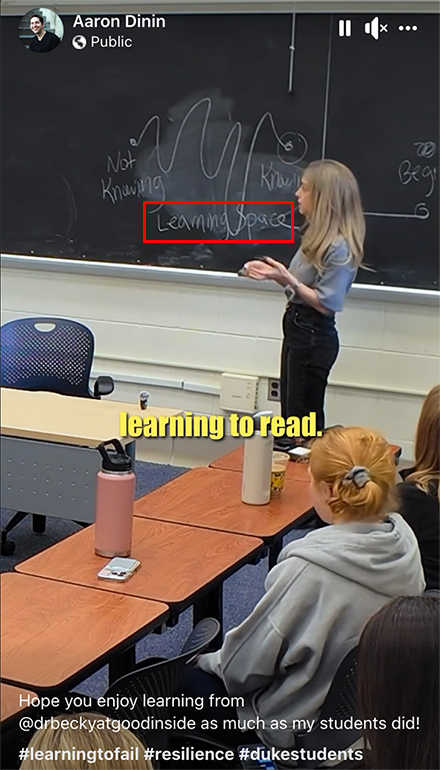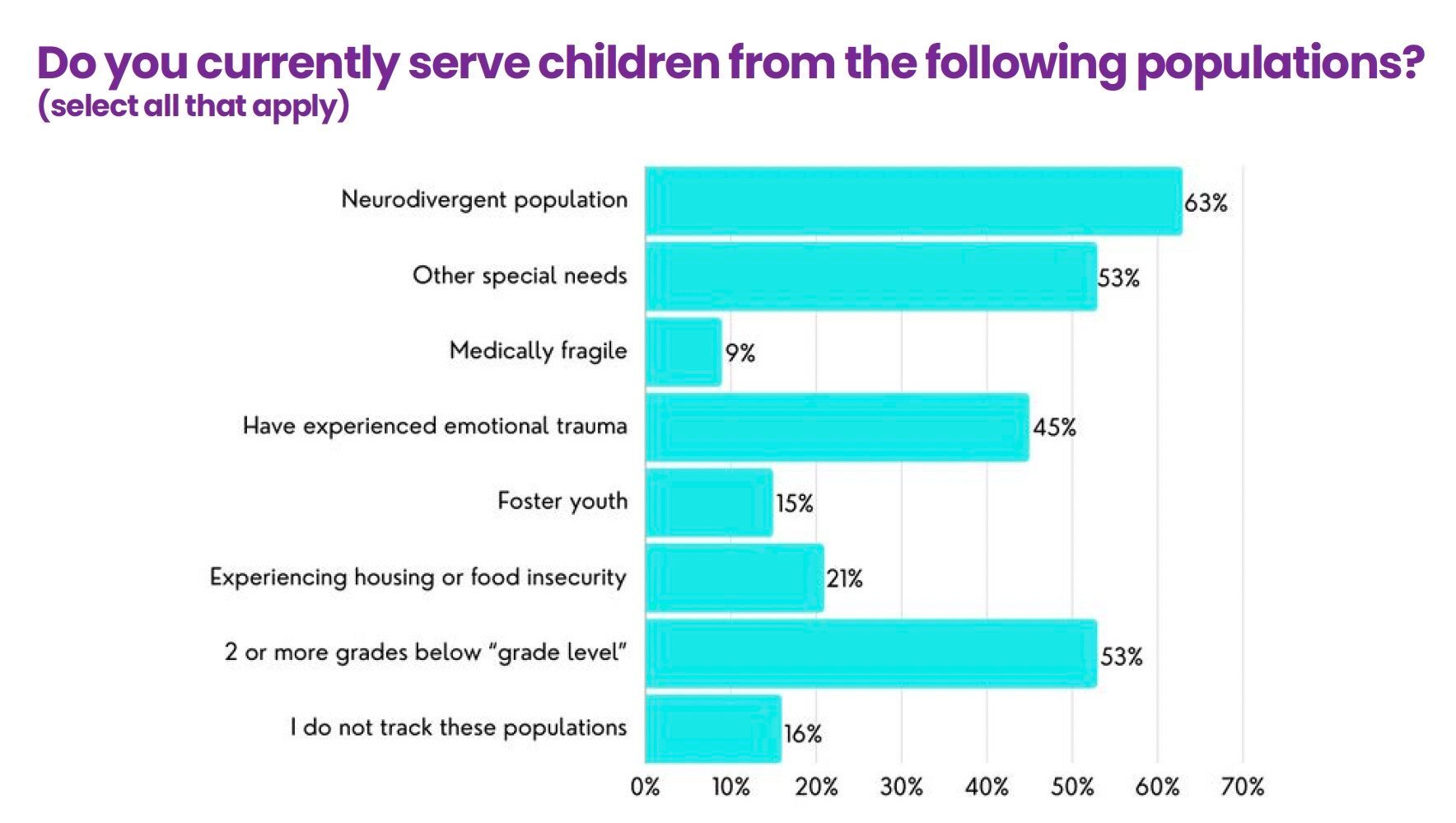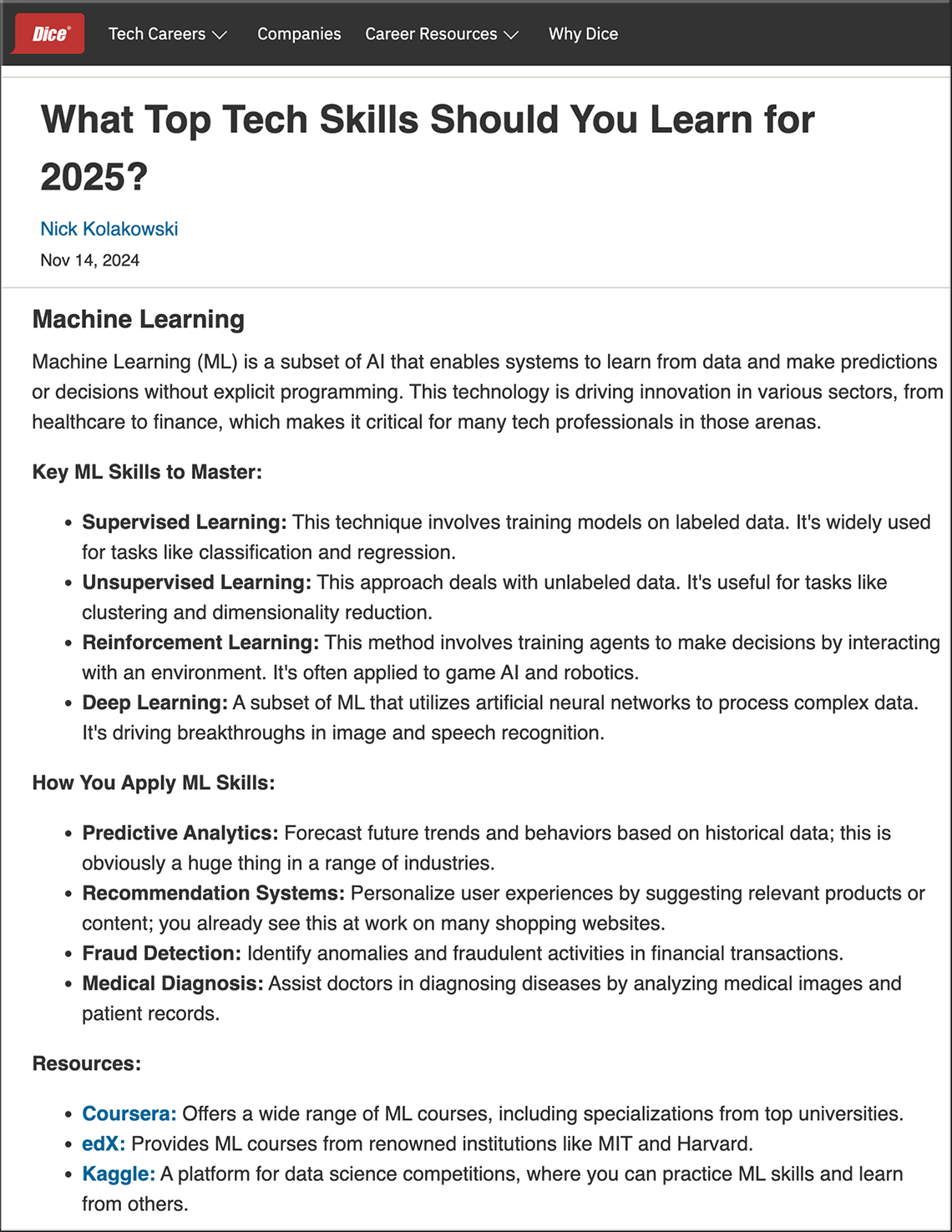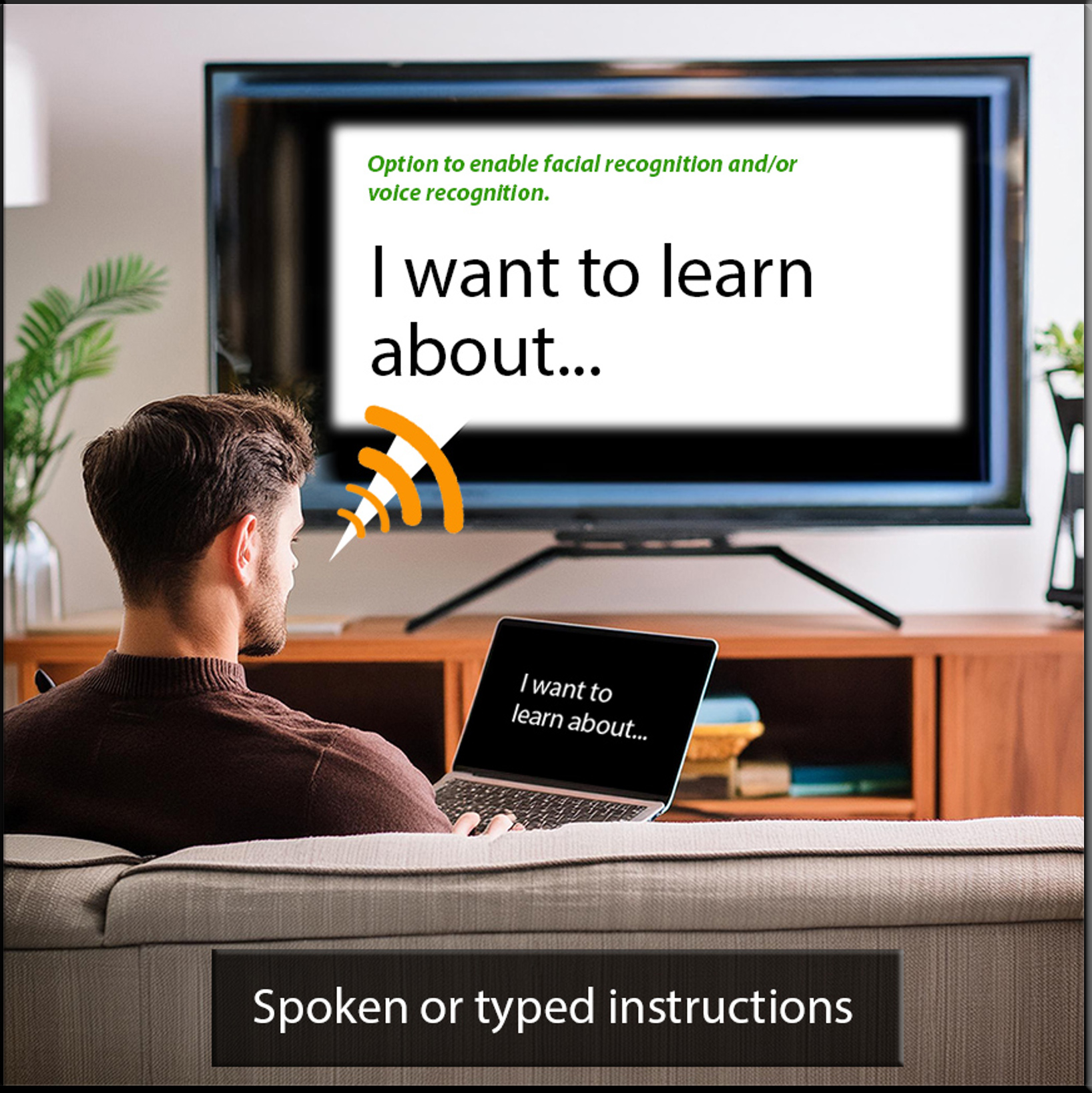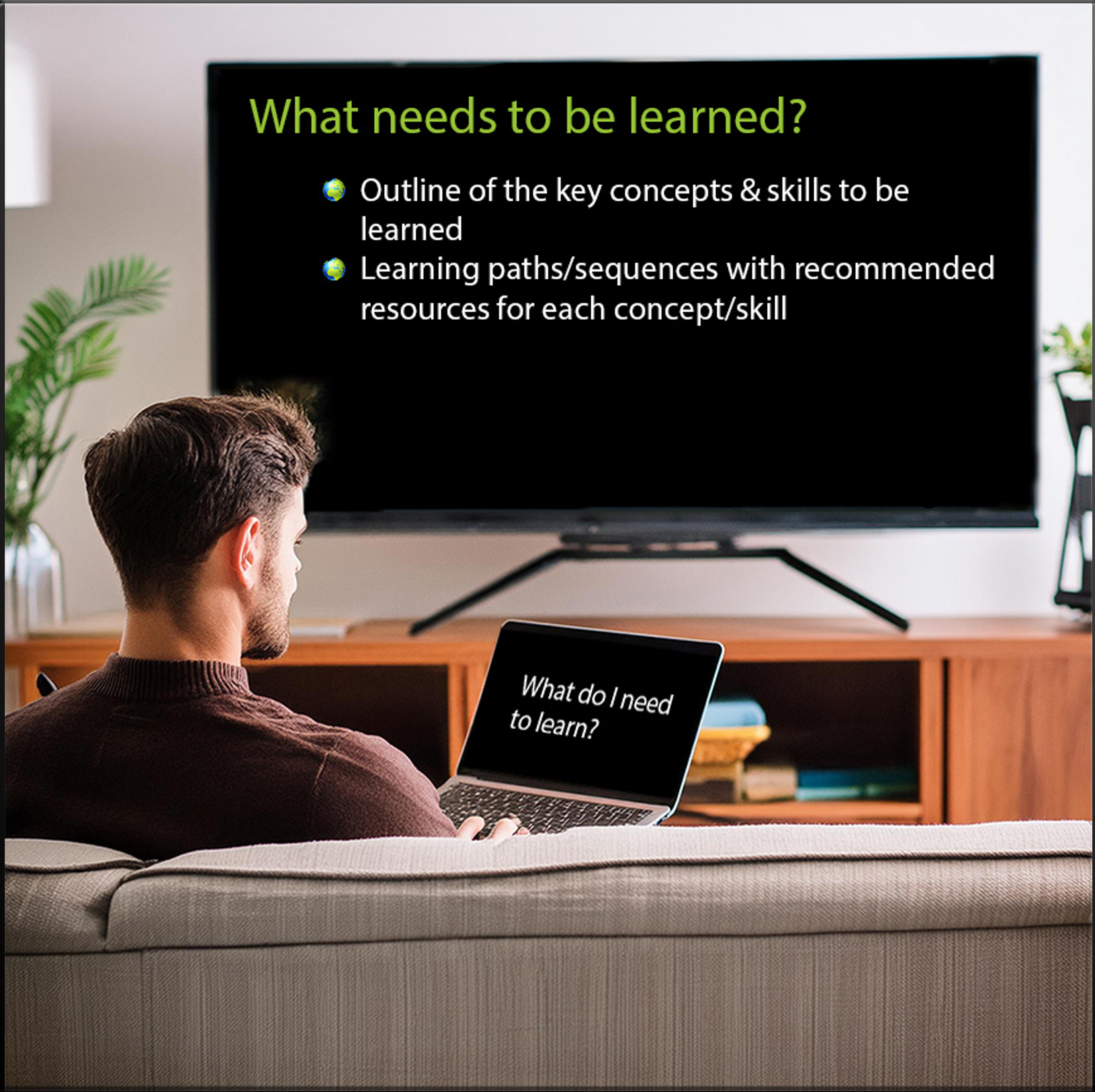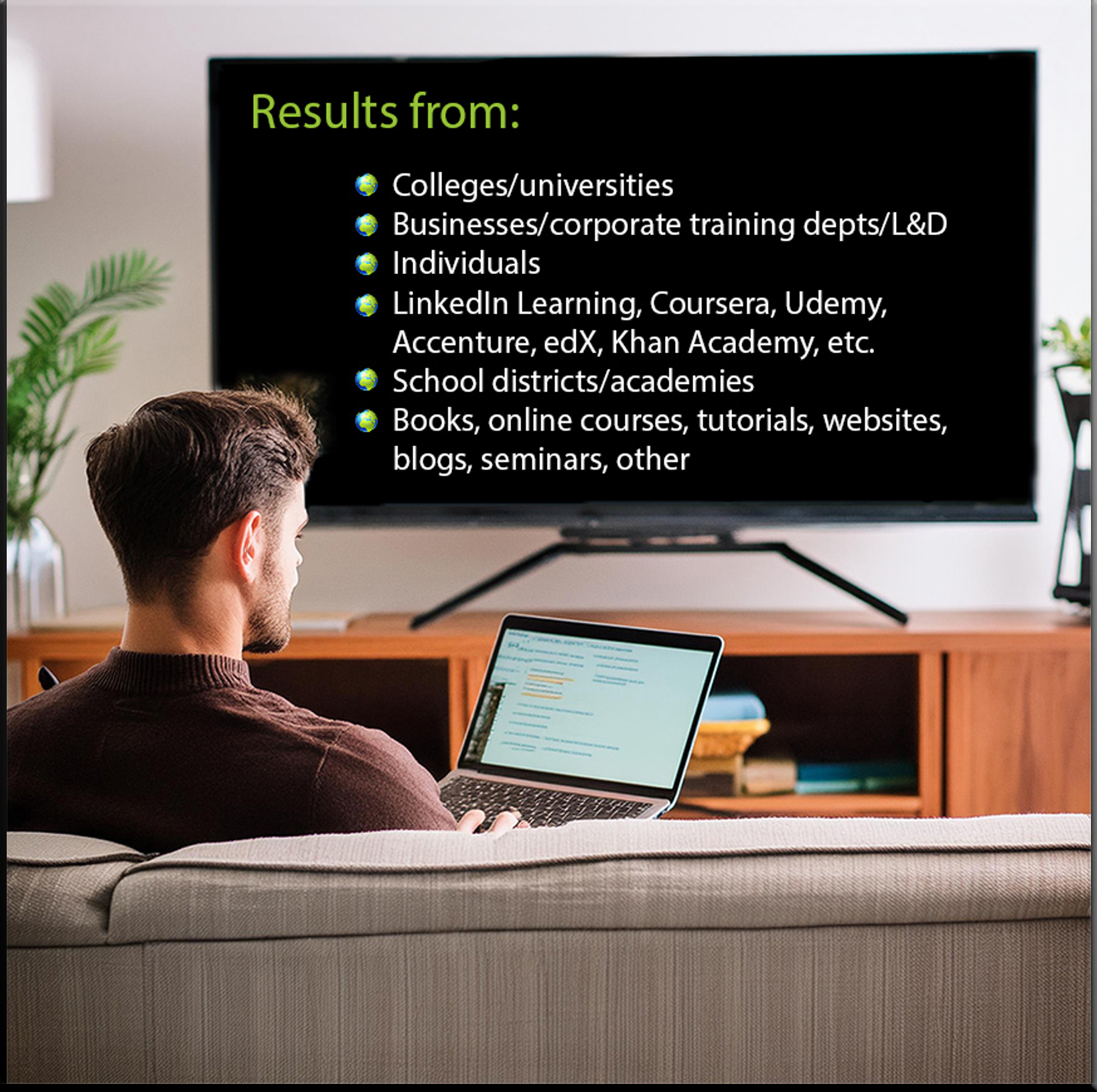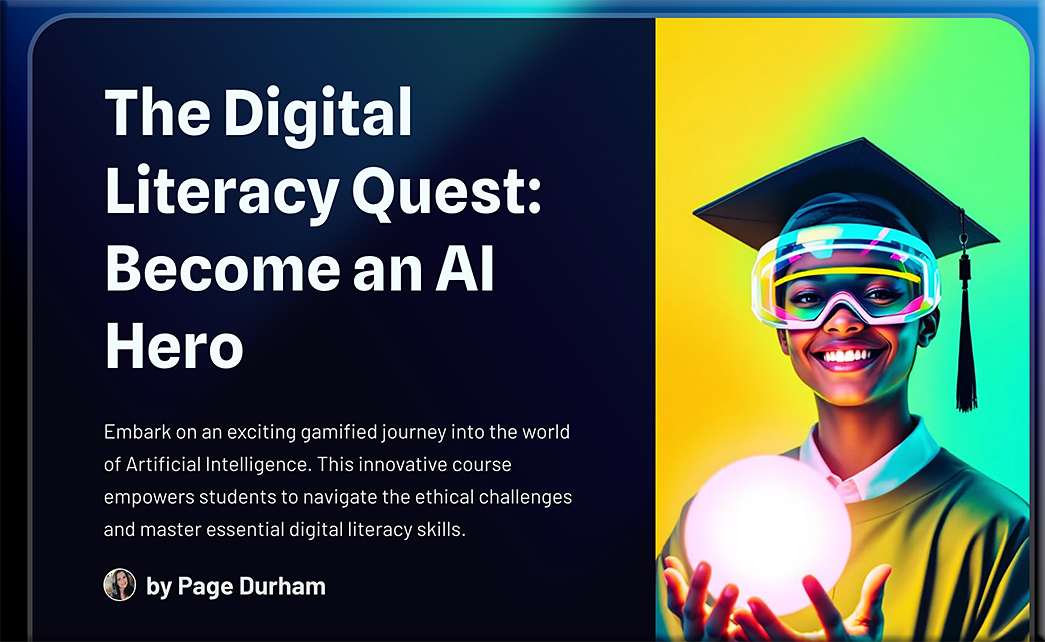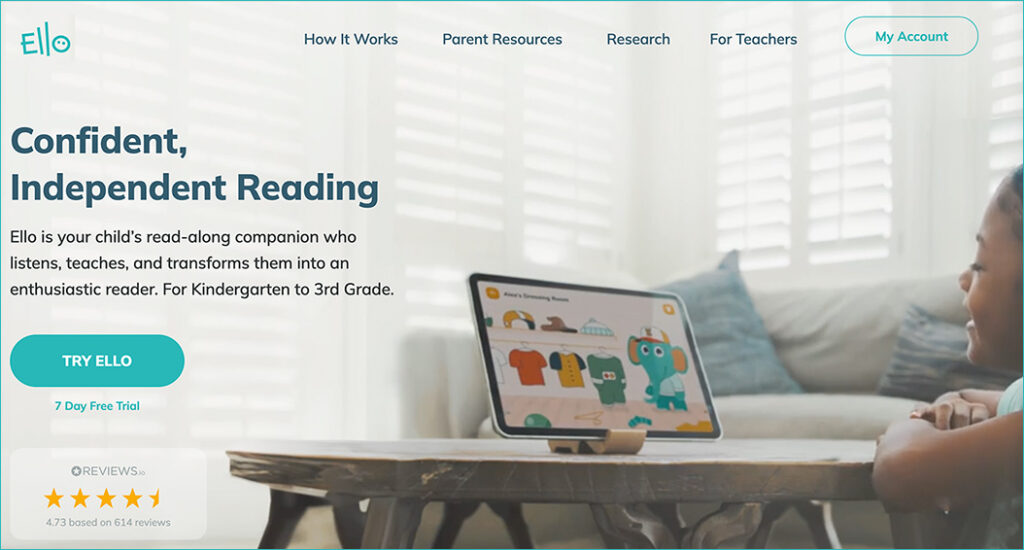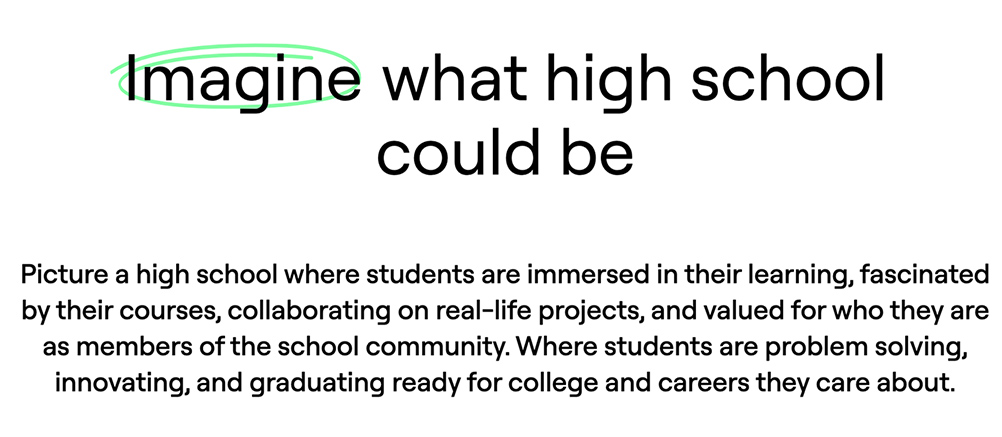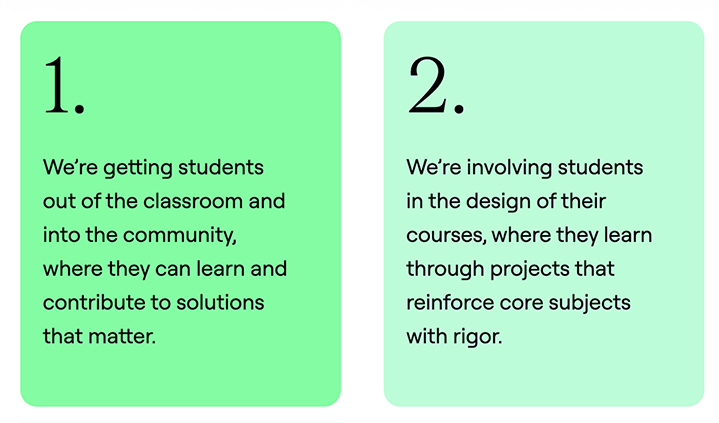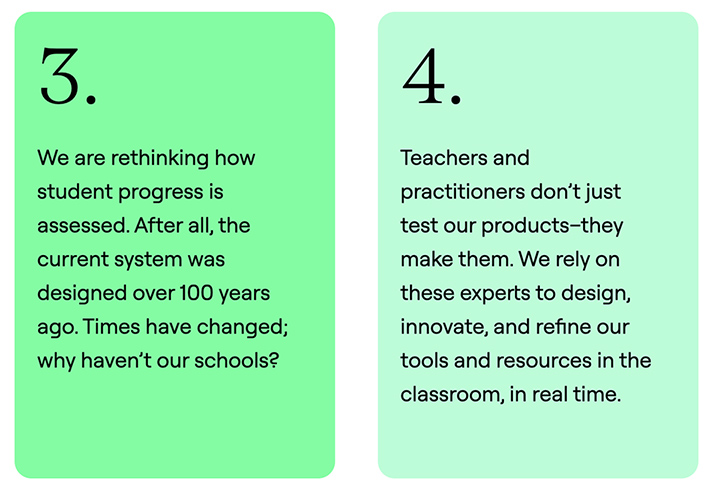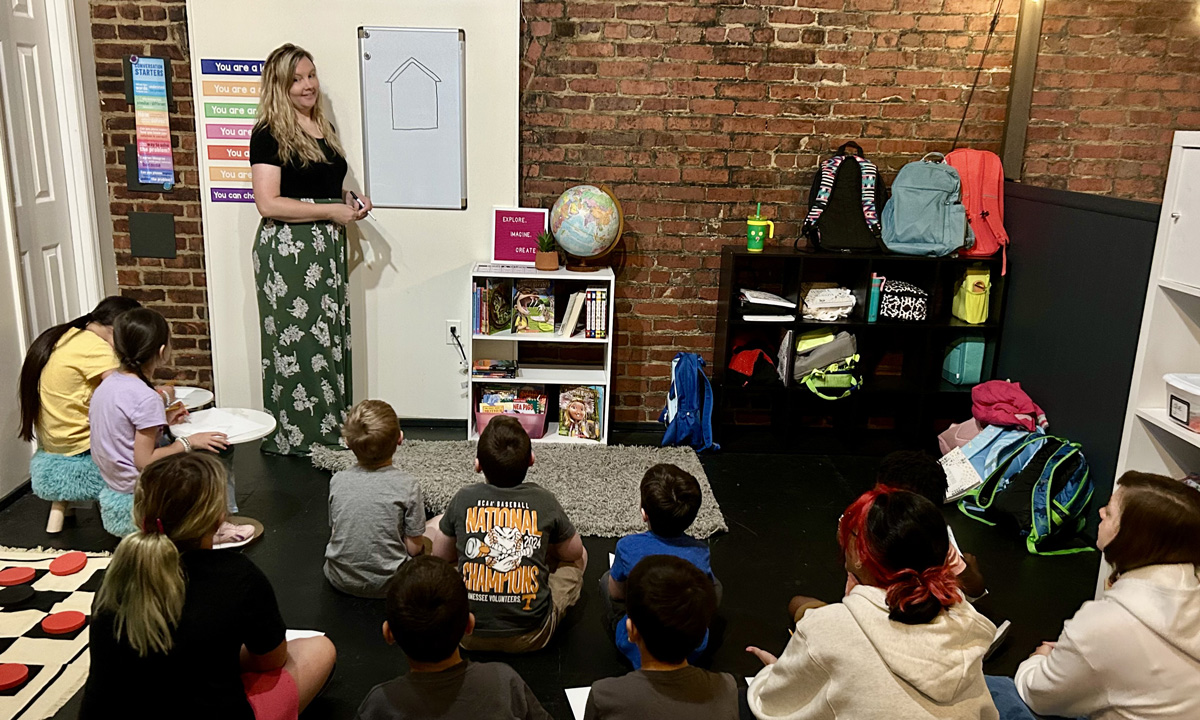What Educators Need to Know About Dyslexia—and Why It’s Not Something to ‘Fix’ — from edweek.org by Elizabeth Heubeck
“The good news is, though, with early intervention and with the appropriate types of modifications and intervention, people with dyslexia thrive in today’s world.”
From DSC:
I have a retired friend who is dyslexic and, to this very day, feels the pain of being told — and treated like — he was stupid in the majority of his K-12 years. He later went on to get trained on how to operate missiles, solve a variety of highly technical IT-related problems, set up networks, run security departments, and more. He is a highly intelligent individual. But he is dsylexic. And he recalls the pain of those early education days.
I’m glad that we’ve made some significant progress in understanding dsylexia. And I hope that today’s dyslexic students don’t have experiences like his.
The learning space is that space between “not knowing” and “knowing.” It can be very frustrating. But don’t be discouraged when you are frustrated. It means that you are learning. Eventually, you’ll get to “knowing.”
.
Department of Education Helps Students With Disabilities. Don’t Let It Disappear | Opinion — from newsweek.com by Katy NeasCEO, The Arc of the United States
When education is limited, so is opportunity. Without education, students with disabilities face higher rates of poverty, unemployment, poor health, and social isolation. Education is the foundation for independence, inclusion, and a future with choices. Strip it away, and we are not just limiting potential—we are forcing millions of people into a lifetime of barriers and hardship.
This issue is personal for me. As a former deputy assistant secretary in the Department of Education’s Office of Special Education and a lifelong advocate for disability rights, I have seen firsthand what happens when children with disabilities face barriers—and how the Department of Education steps in to make things right.
An excerpt from Derek Bruff’s newsletter entitled, “Digital reading, belonging stories, escape rooms, and more”
Course Contributors
At the Top Hat Engage conference last week, I met Whitney Silvis-Sawyer, who teaches education courses at Louisiana Tech University. She regularly invites her students to provide feedback on her courses, and when she makes a change to a course in response to student feedback, she acknowledges that student by name (and with permission) in a “course contributors” section of her syllabus. Some of her course syllabi now have dozens of students listed who have helped shape her courses. I love this as a way to help students see that you take their feedback seriously and as a way to acknowledge sources of inspiration for one’s teaching.
…
In-Class Escape Rooms
Over on Bluesky, I was delighted to see that Lisa Fazio, who teaches psychology at Vanderbilt University, shared images of the escape room activity she designed as a review for her social cognition course. Her students worked in teams of four to complete a series of puzzles and open a number of combination locks, all of which required them to apply social cognition concepts they had been studying. Lisa writes, “Watching them race through the puzzles today brought me joy!” See Lisa’s thread for all the details.
Designing the Classroom of the Future: 5 Easy Pieces — from ed-spaces.com by Leslie Stebbins
When designing new classrooms the most important factors to consider are designs that encourage movement, provide space for collaborative and independent work, seamlessly embed technology, promote creativity, and provide flexibility.
- Design for Movement: Sitting is the new smoking!
- Build for Collaboration and Independent Work
- Embed Technology Seamlessly: Clean up your Cables!
- Promote Creativity: Mix it Up!
- Flexibility with Limits
Addendums:
- Let’s break down the barriers blocking neurodivergent people from higher education
— from timeshighereducation.com by Sourav Mukhopadhyay
How can we help neurodivergent students participate and thrive? Sourav Mukhopadhyay offers advice on making your classroom an inclusive environment for them - 3 Ways to Begin to Develop Preschoolers’ Literacy Skills — from edutopia.org by Jacquelyn Bobien-Blanton
Developmentally appropriate activities focused on foundational reading skills can help young children have fun while they learn. - 7 Learning Myths Your Students Probably Believe — from edutopia.org by Daniel Leonard
From left- and right-brain thinking to the notion that talent beats persistence, these common myths can hinder student learning. Here’s how teachers can help. - A Triangular Approach to Science Instruction — from edutopia.org by Kristin Acchione
Combining science literacy, data science, and hands-on learning helps get elementary students engaged in science lessons. - ‘Golden ticket to job security’: Trade union partnerships hold promise for high school students — from hechingerreport.org by Sarah Carr
For trade unions and CTE programs, new collaboration may be key to survival









